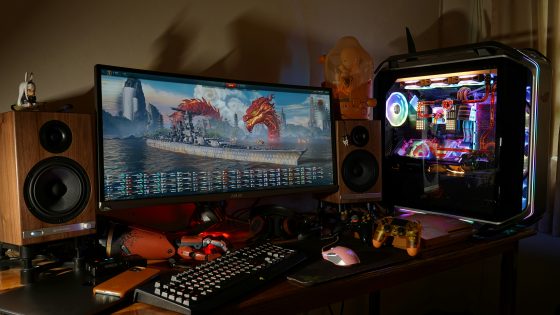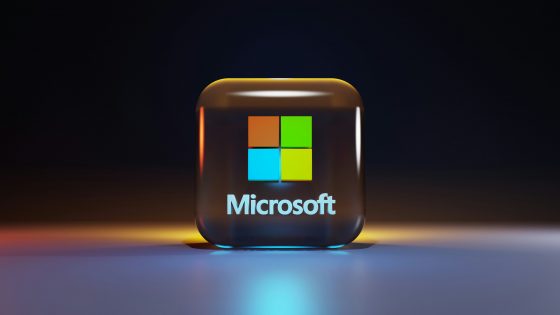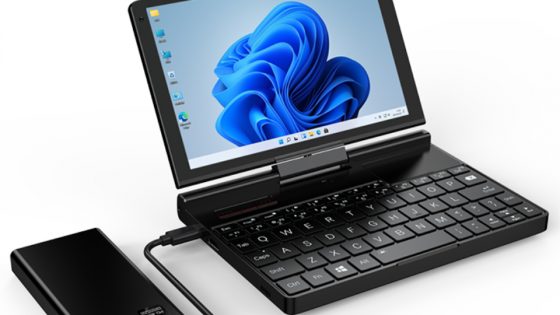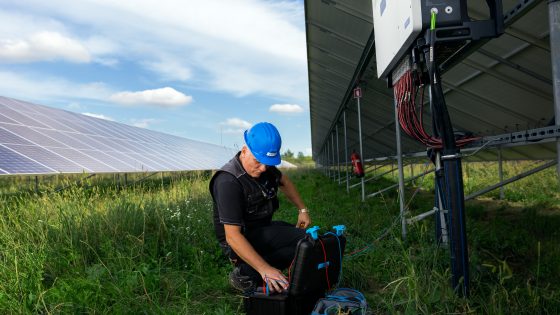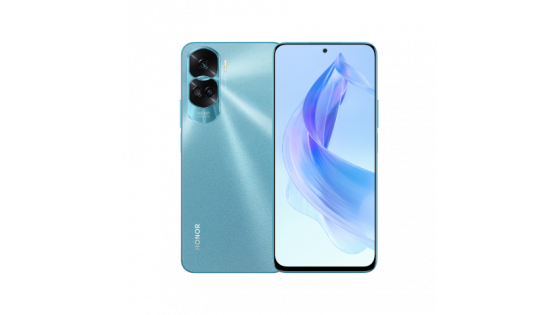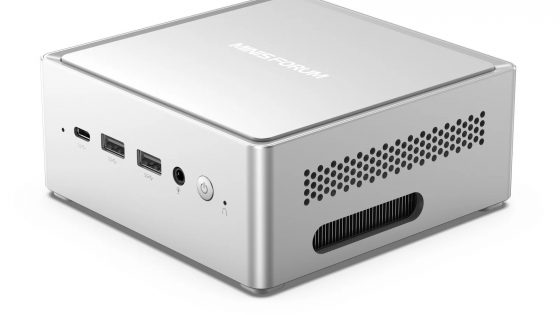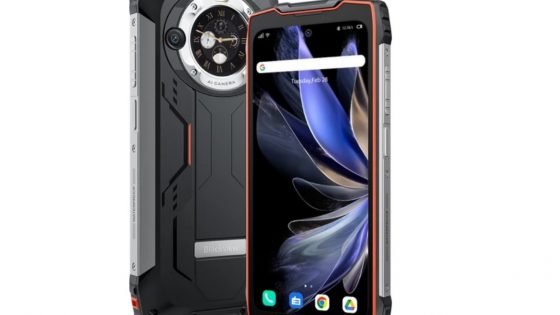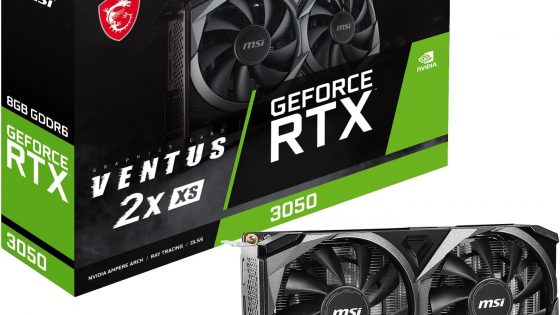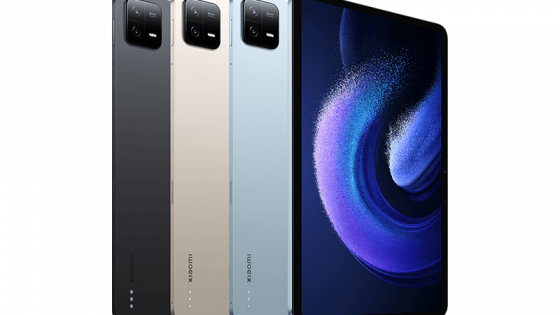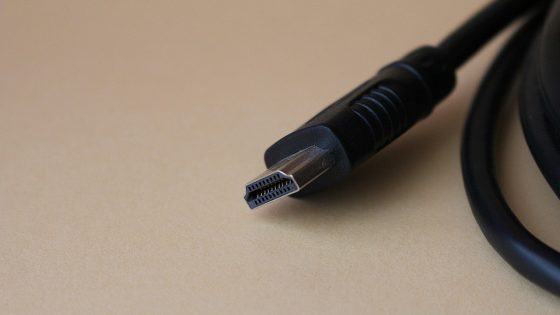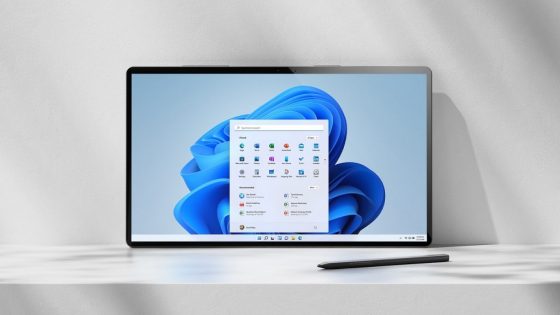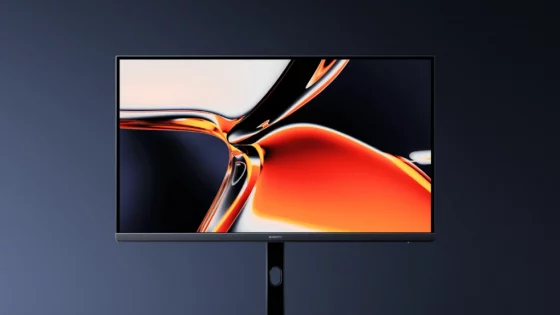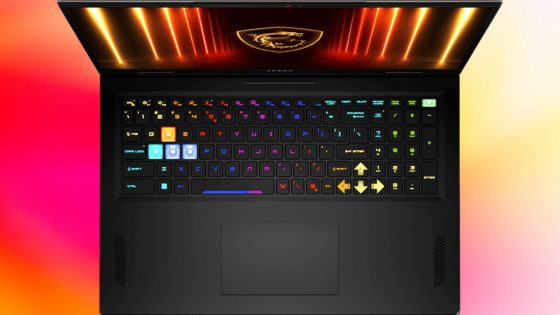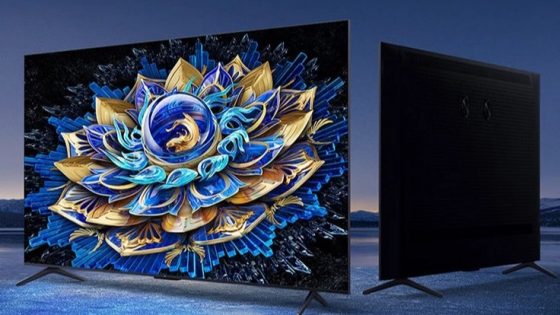New technology to improve frame rates
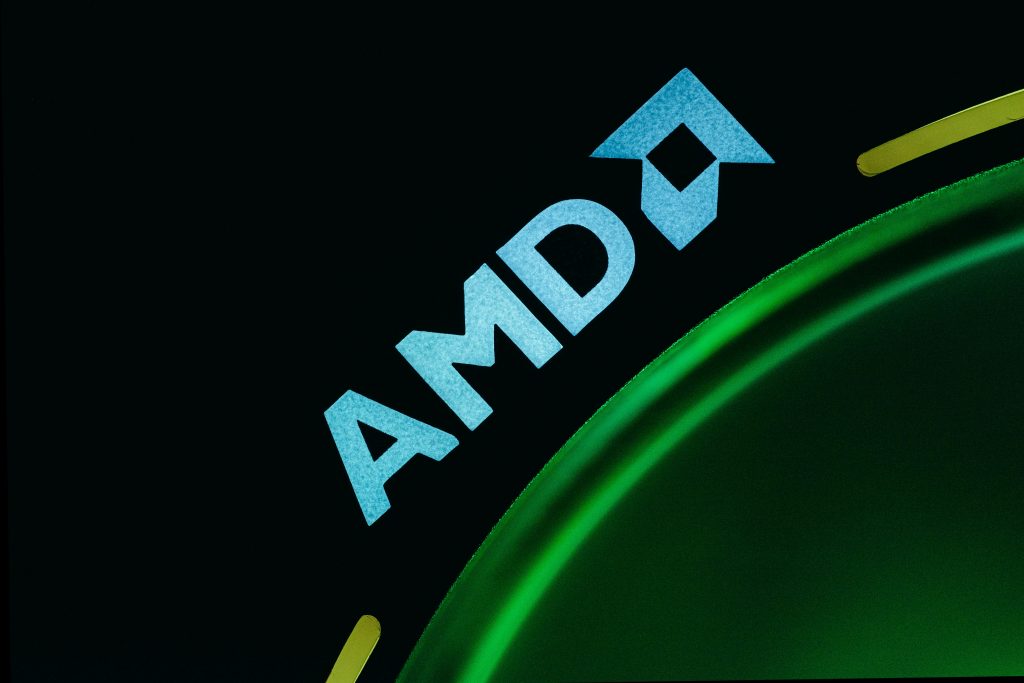
After many months of waiting, AMD has officially unveiled the latest version of its Fluid Motion Frames technology, which can improve the frame rate (fps) while playing games on their RDNA 2 and RDNA 3 graphics architecture. Some have been able to test Fluid Motion Frames 2 or AFMF 2 as early as preview in July, and is now also available to the general public as part of the Adrenalin 24.9.1 update.
Like Nvidia's DLSS Frame Generation, AFMF is a frame generation technology, but it works at the driver level instead of being integrated into the individual game. The second generation AFMF update can be enabled in OpenGL, Vulkan, DirectX 11 or DirectX 12 games, which means that it is now possible to improve fps in games that do not support FSR and DLSS. It currently works on AMD Radeon RX 6000, RX 7000, 700M and 800M graphics cards.
AMD says it can increase the %'s fps by 250 with the new technology, but tested this in combination with FSR 2 technology and the Hypr-RX optimization package. The Digital Foundry portal was among the first to test the new technology. They used the RX 7900 GRE graphics card at 4K resolution in Control, Cyberpunk 2077 and Senua's Saga: Hellblade II. On average, they recorded a two-fold increase in fps.
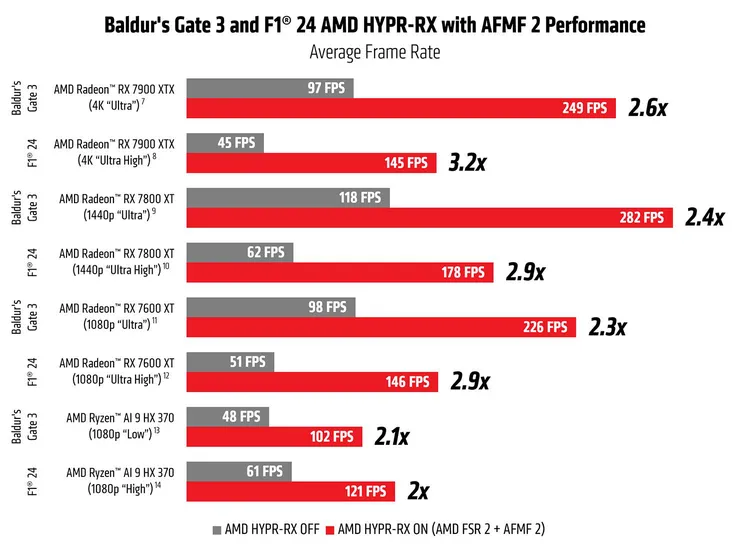
The second generation of AFMF also includes a fast motion optimization that is supposed to fix problems from the first generation of AFMF that prevented frame generation in fast motion games. AMD has also added two configurable AI-optimized modes for AFMF 2, allowing users to control how the feature affects gaming performance. Search Mode adjusts fps smoothness and image quality in games during fast-moving scenes, while Performance Mode can boost AFMF performance on low-power devices.
AFMF 2 supports full-screen, borderless gaming modes on RX 7000 graphics cards and features AMD's Radeon Chill Low-latency FPS Cap, which limits the latency that fps boosters can cause. Not all functions are for gaming. "Geometric Downscaling" can reduce the appearance of image distortion and other image artifacts when playing videos in a window smaller than their native resolution.
The new technology will also be available on handheld computers that use AMD's graphics core, such as the Lenovo Legion Go. The Steam Deck also uses the RDNA 2 graphics core, but since it's a Linux operating system, users will have to wait to see if AMD comes up with the appropriate drivers.




